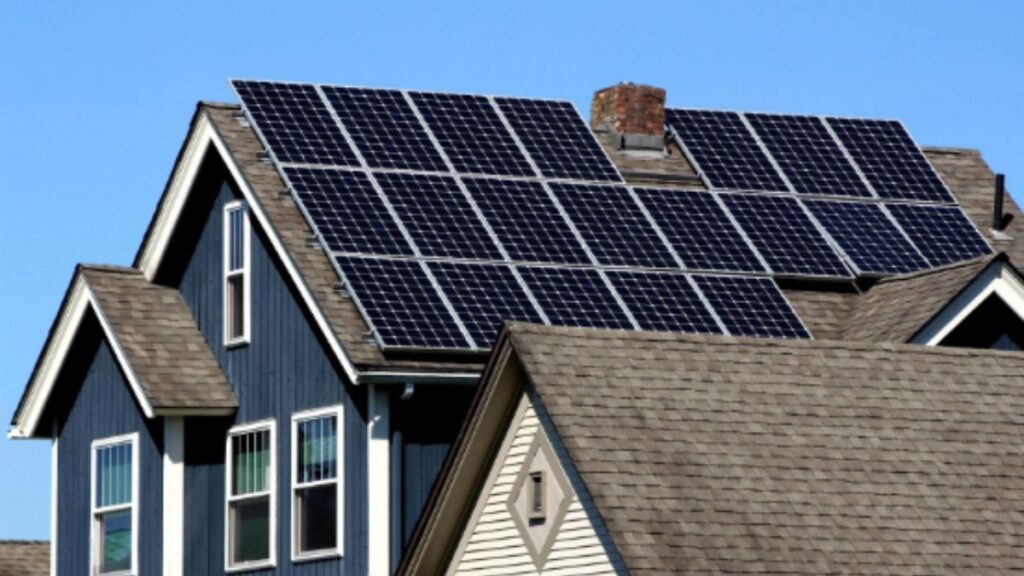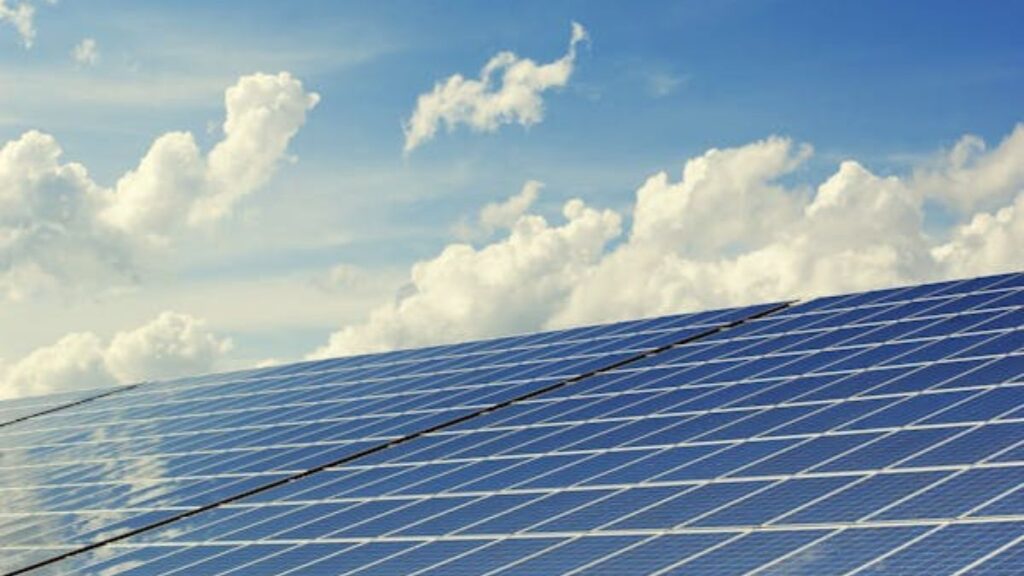The shift towards renewable energy has become more crucial as the world faces the growing challenges of climate change and resource depletion. Renewable sources such as solar, wind, and hydro provide a sustainable alternative to fossil fuels, offering the potential for cleaner air and a healthier future. However, with the many options available, navigating this new energy landscape can be challenging. Below are six key tips that can guide individuals and businesses in embracing energy.

1. Connect with Renewable Energy Experts
Navigating energy can be complex, but consulting with experts provides valuable insights. Experts like installers, energy analysts, and sustainability consultants can help you understand your options and create tailored solutions. Connecting with those offering renewable energy solutions in the UK can be particularly beneficial for understanding local incentives, regulations, and technology options. These professionals can recommend your energy needs and geographical location, ensuring you make informed decisions.
Networking within energy circles can also open doors to community initiatives and collective buying groups. By teaming up with others in your community looking to switch to energy, you may find opportunities for bulk purchasing, resulting in discounts and further savings. Leveraging expert advice and group buying options can significantly reduce your transition costs while contributing to more sustainable energy practices.
2. Educate Yourself on Different Renewable Energy Sources
Understanding the various types of renewable energy sources is essential for making informed choices. Solar energy harnesses sunlight through photovoltaic cells, while wind energy captures wind flow using turbines. Biomass, geothermal, and hydropower contribute significantly to the energy mix. Familiarizing yourself with these options allows you to assess which sources align best with your location, energy needs, and environmental goals.
Each energy source has its unique benefits and challenges. For instance, solar energy systems can significantly reduce electricity bills but may require a higher upfront investment. In contrast, wind energy is highly efficient in areas with consistent winds. Local conditions will often dictate which renewable energy source is most viable, emphasizing the importance of thorough research.
3. Assess Your Energy Consumption
Making the shift to renewable starts with analyzing your current energy consumption. Understanding how much energy you use daily allows you to determine the size and type of renewable energy system you need. High consumption levels require a more extensive setup, while lower energy use can make smaller systems viable.

Tracking your energy consumption can also uncover patterns and opportunities for efficiency improvements. Implementing energy-saving practices such as using energy-efficient appliances and reducing wastage can minimize the size of the renewable energy system required, ultimately translating into cost savings in the long run.
4. Explore Local Incentives and Programs
Many governments and local authorities support adopting renewable through incentives and subsidies. Research any available programs that encourage the transition to alternative energy sources. In many cases, financing options and subsidies can significantly reduce the initial costs of setting up renewable energy systems.
Several incentives offer financial assistance in the UK for individuals and businesses switching to renewables. These can include grants for solar panel installations or feed-in tariffs for energy producers. By leveraging these financial supports, you can accelerate your transition towards sustainable energy practices without straining your finances.
5. Consider Energy Storage Options
One critical component of a successful renewable system is finding ways to store energy for later use. Energy storage solutions, such as batteries, allow users to keep surplus energy generated during peak production times for use during periods of lower generation. This capability ensures a more reliable energy supply and can significantly boost the efficiency of your renewable energy setup.
When evaluating your storage options, consider system compatibility and size based on your energy consumption patterns. Advancements in battery technology have made energy storage more efficient and durable, providing a reliable investment for individuals and businesses. This helps maximize the potential of renewable energy systems.
6. Stay Informed on Technology Trends
The renewable energy sector continually evolves, frequently emerging new technologies and methods. Staying informed about advancements in renewable can enhance your system’s efficiency and feasibility. Technologies that improve energy production, storage, and consumption are being developed, making it essential to keep up with industry trends.
Regularly engaging with trade publications, attending community seminars, or participating in online forums can provide the latest updates. As technologies progress, the availability of incentives for more innovative systems also typically rises. By staying ahead of the curve, you can ensure that your renewable setup is both viable and effective, potentially exploring options like smart grids or integrated systems that pair renewable sources with new energy management techniques.
As the global focus on sustainable energy grows, understanding the fundamentals of renewable energy is more important than ever. Educating yourself on available options, assessing your energy needs, exploring local programs, and staying updated with the latest technology advancements can help ensure a smooth transition to renewable energy. By embracing these initiatives, individuals and businesses can play a crucial role in fostering a more sustainable future.







